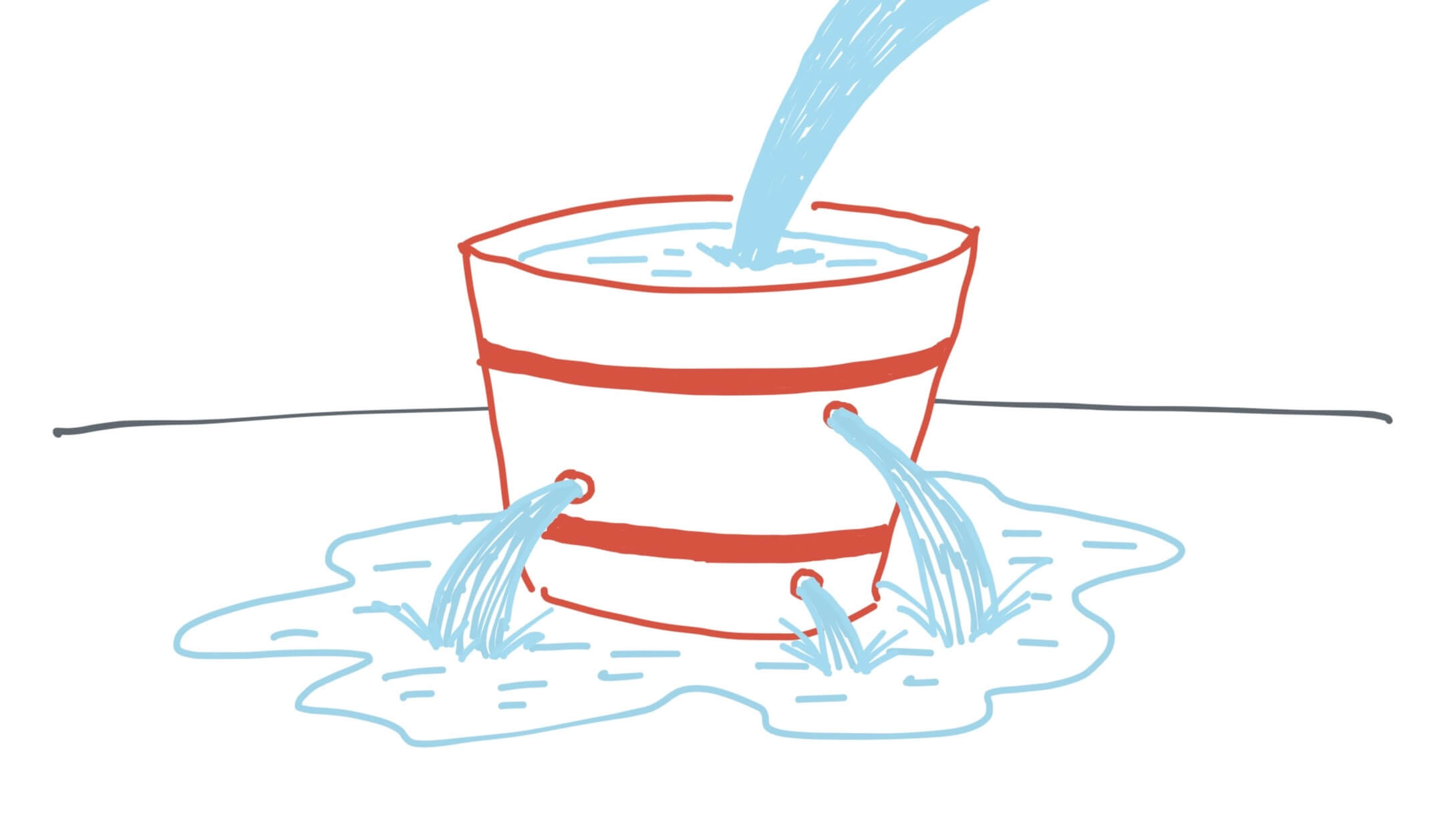August 30, 2020 • #
David Skok opens this post on selling with the classic sales training mantra — customers love to buy, but hate to be sold to:
Customers hate being sold to. They don’t mind getting expert help when they want to buy something. But much of the time they are not ready to buy, and one of the most irritating things is to have a salesperson try to get them to buy when they aren’t ready. Unfortunately too many people in marketing and sales positions don’t seem to understand this, and proceed...
✦
August 21, 2020 • #
Customer success teams in SaaS are most closely associated with measuring and preventing churn in business, often even having compensation or performance metrics tied to churn rates.
We look to CS teams to identify churn early, but the project of reducing it isn’t only in their hands.

This piece from Kyle Poyar makes the case with examples of how other teams should be participating in retention. After all, churn is only a signal of something missing about your business — the support wasn’t there, the...
✦
